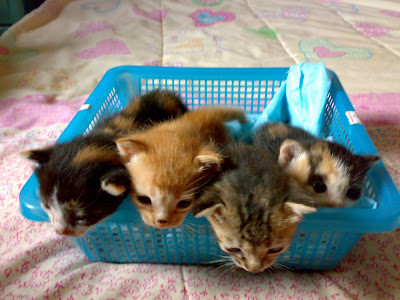แมวไทย
แมวไทย แมวไทย คือแมวที่มีถิ่นกำเนิดอยู่ใน ประเทศไทย คุณสมบัติที่ทำให้แมวไทยเหนือกว่าแมวชนิดอื่น คือ อุปนิสัย แมวไทยมีความฉลาด มีความเป็นตัวของตัวเอง รู้จักคิด รู้จักประจบ รักบ้าน รักเจ้าของ และเหนืออื่นใด คือ รักความอิสระของตัวเองเป็นชีวิตจิตใจ อิสระที่ จะกิน จะดื่ม หรือจะไปไหนตามที่ใจชอบ ซึ่งถือว่าเป็นบุคลิกประจำตัวที่ทำให้แตกต่างจากแมวพันธุ์อื่น สีสันตามตัวของแมวไทย เป็นปัจจัยหนึ่งที่ทำให้นักรักแมวรู้สึกสุขใจยามได้มอง ไม่ว่าจะเป็น วิเชียรมาศ เก้าแต้ม ขาวมณีหรือขาวปลอด นิลรัตน์หรือดำปลอด ศุภลักษณ์หรือ ทองแดง สีสวาดหรือแมวไทยพันธุ์โคราช ต่างล้วนได้รับความสนใจ จากเจ้าของและผู้สนใจทั้งสิ้น .... เมื่อปี พ.ศ. 2427 พระบาทสมเด็จพระจุลจอมเกล้าเจ้าอยู่หัว รัชกาลที่ 5 ได้พระราชทานแมววิเชียรมาศคู่หนึ่งให้แก่ กงสุลอังกฤษชื่อ โอเวน กูลด์ แมวไทยคู่นี้ชนะการประกวดแมวที่ กรุงลอนดอน และทำให้ชาวอังกฤษนิยมเลี้ยงแมวไทยมากขึ้น ในที่สุดก็แพร่หลายไปทั่วโลก และแมววิเชียรมาศก็เป็นที่รู้จักในภาษาอังกฤษว่า "Siamese Cat" หรือ แมวสยาม ในสหรัฐอเมริกา แมวไทยตัวแรกเป็นแม...



